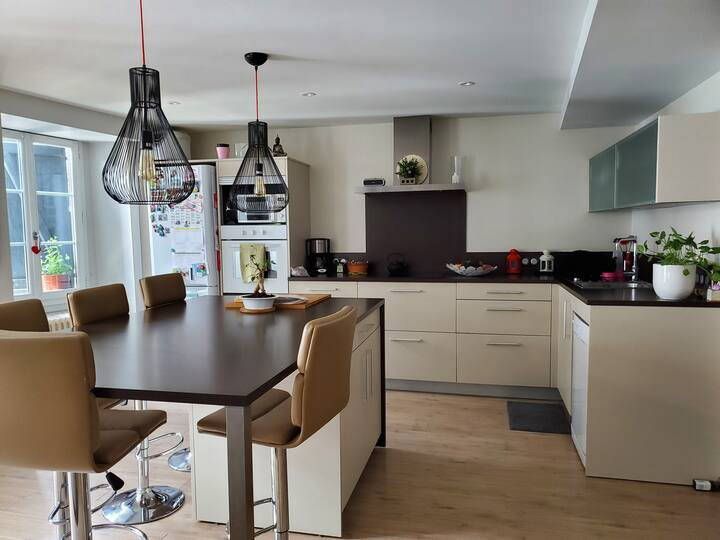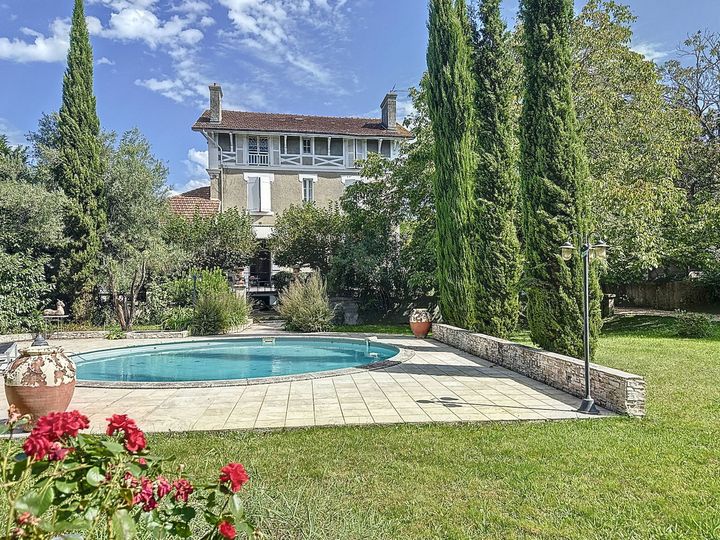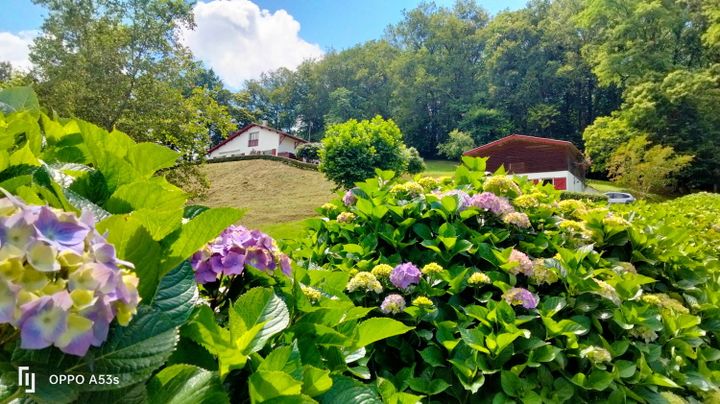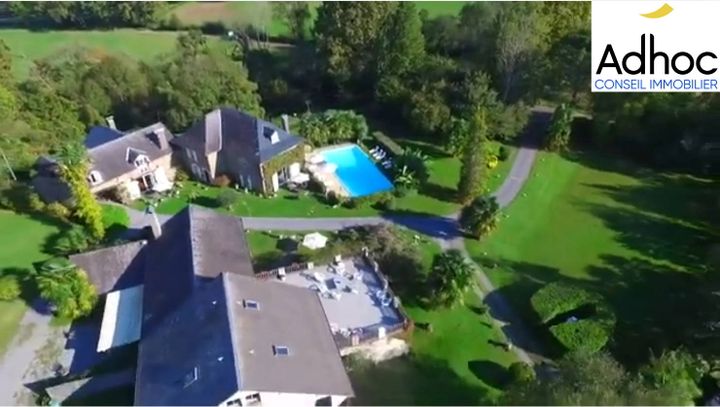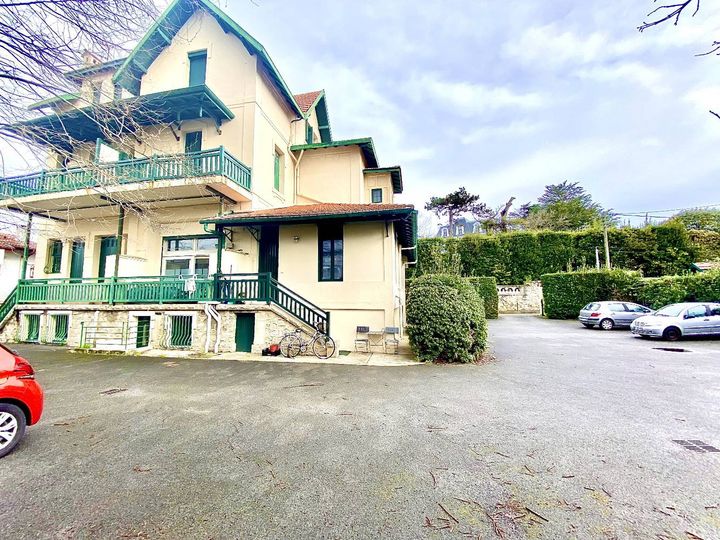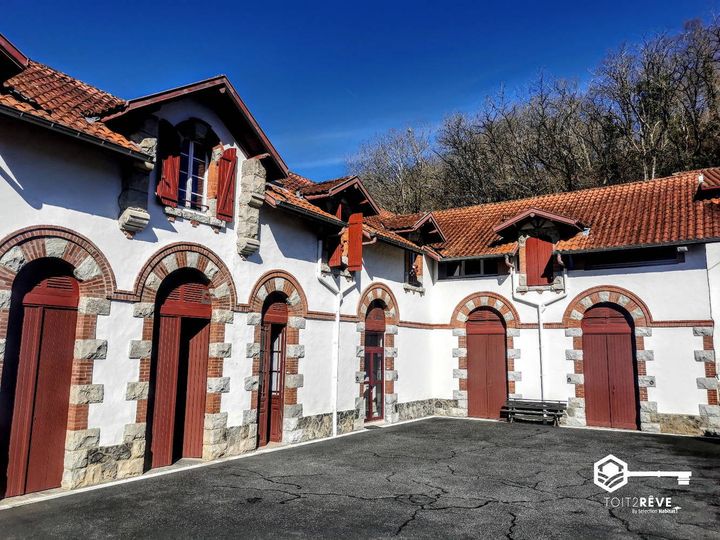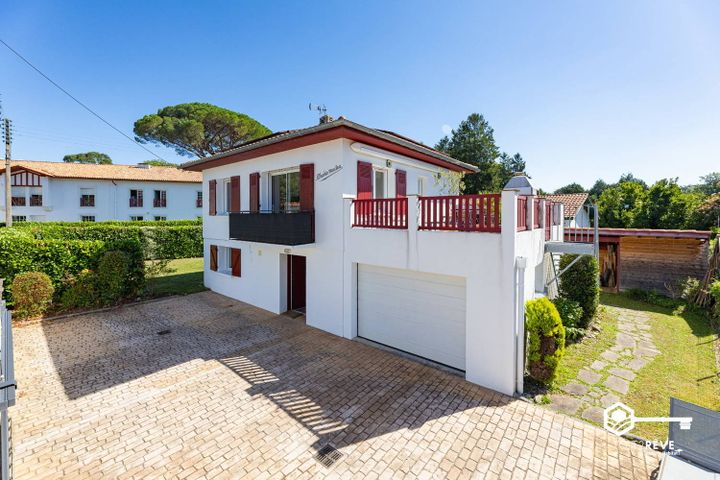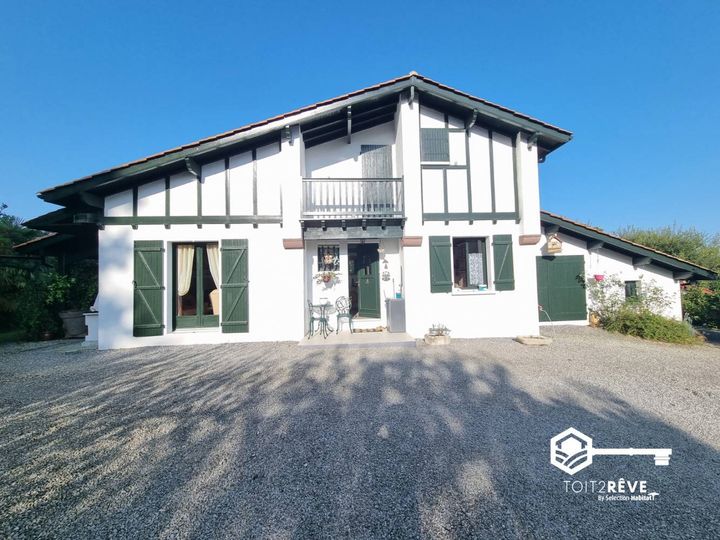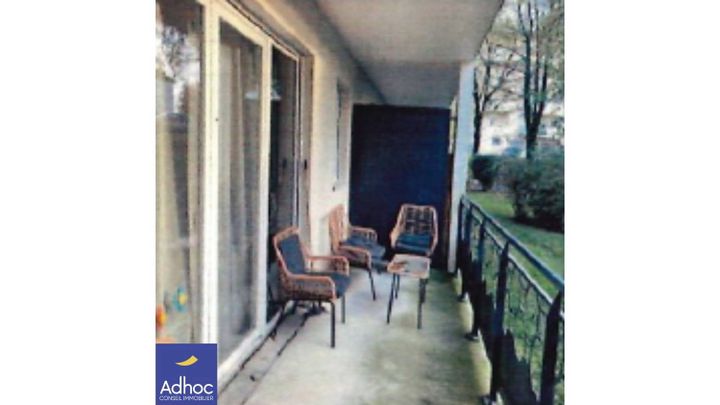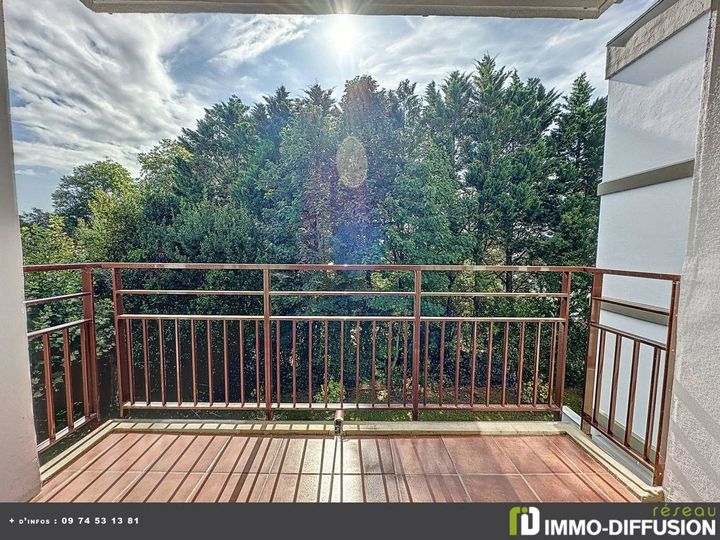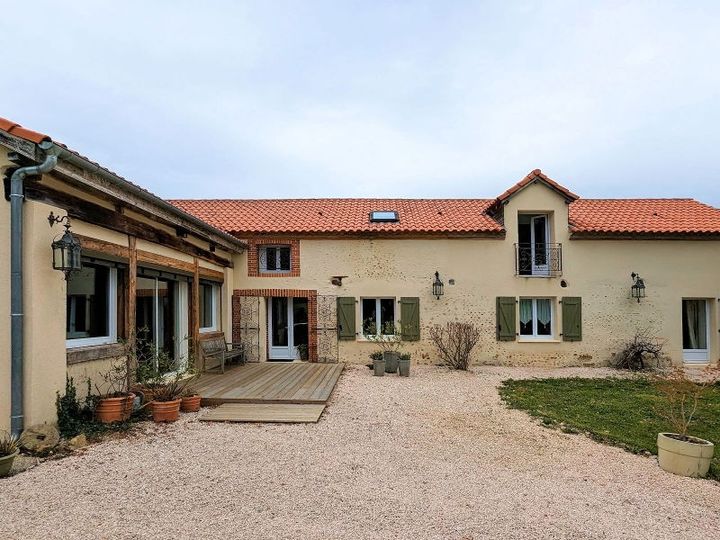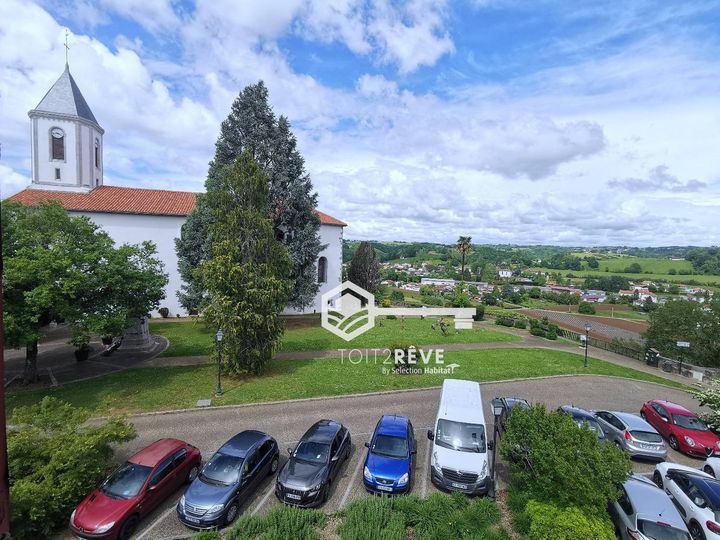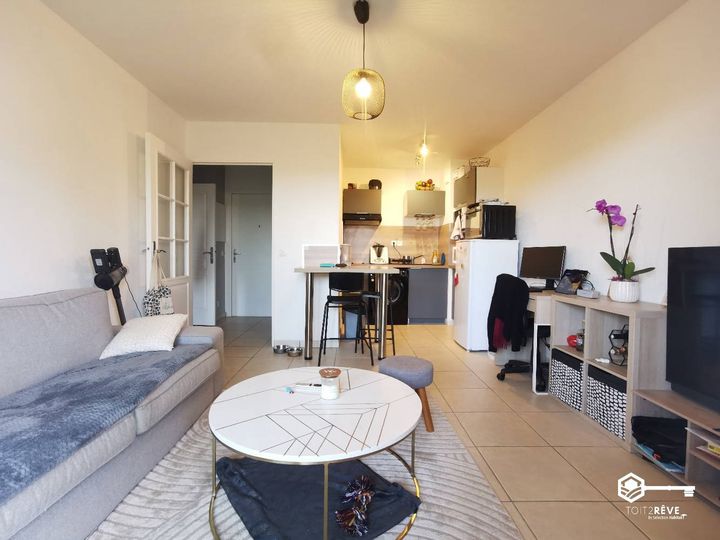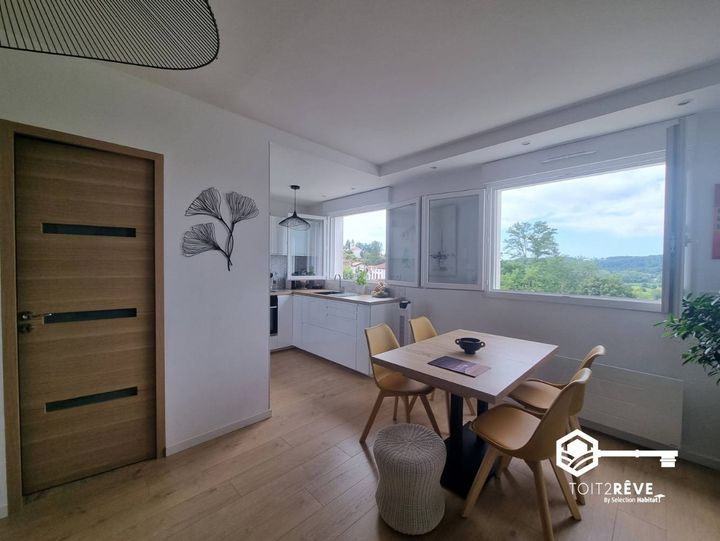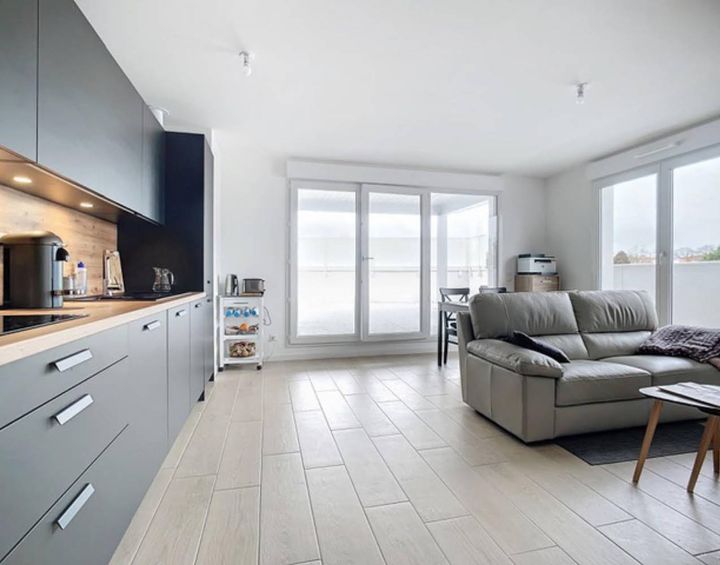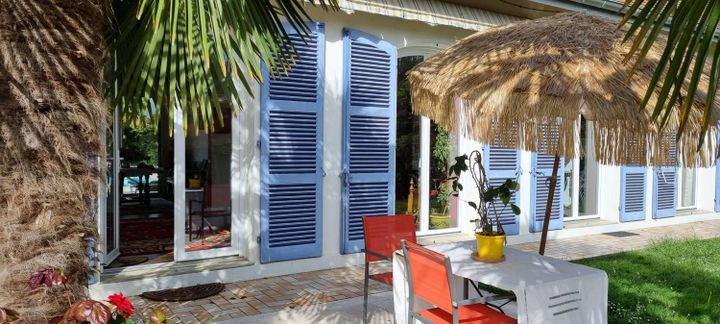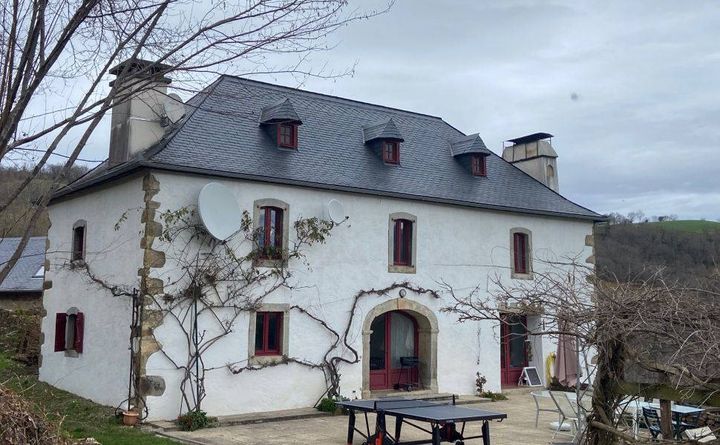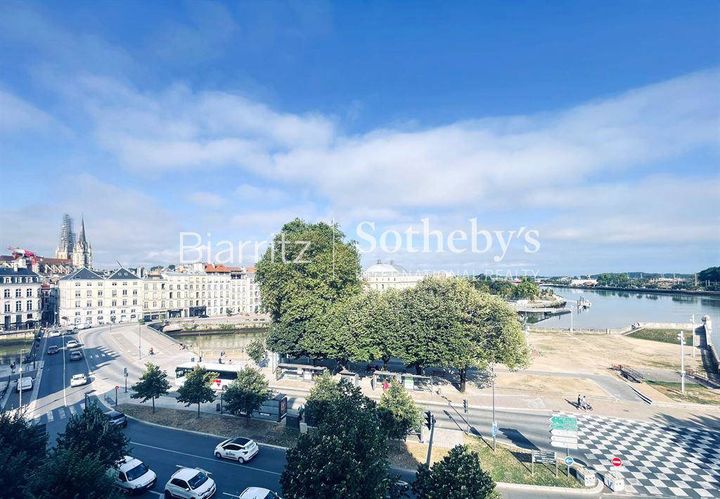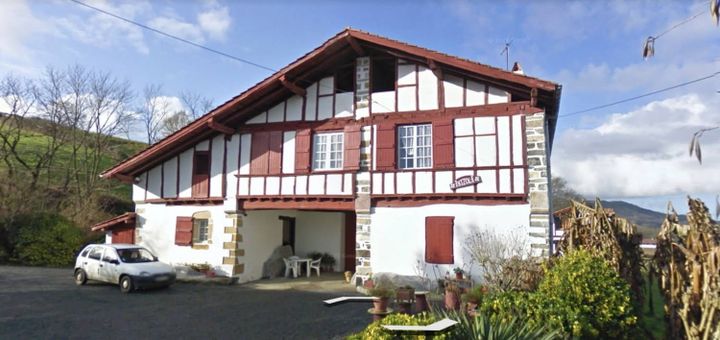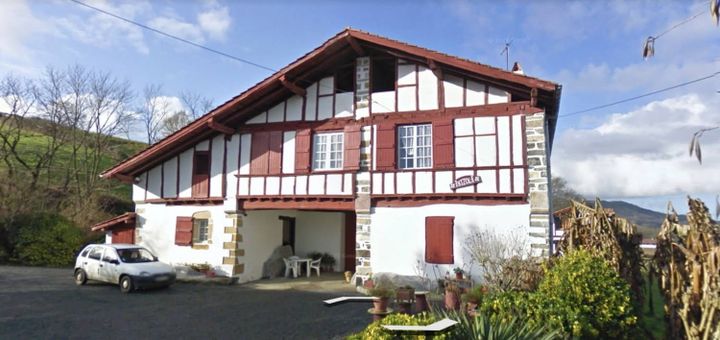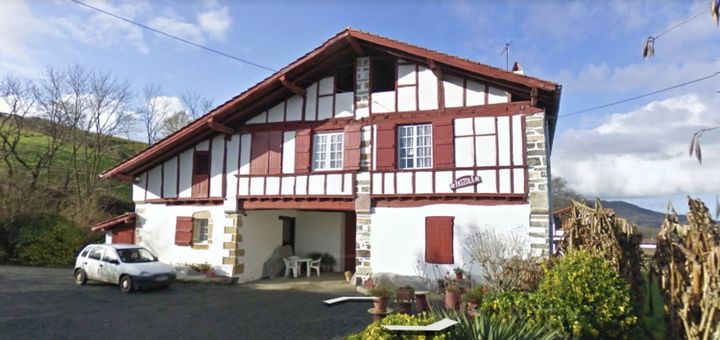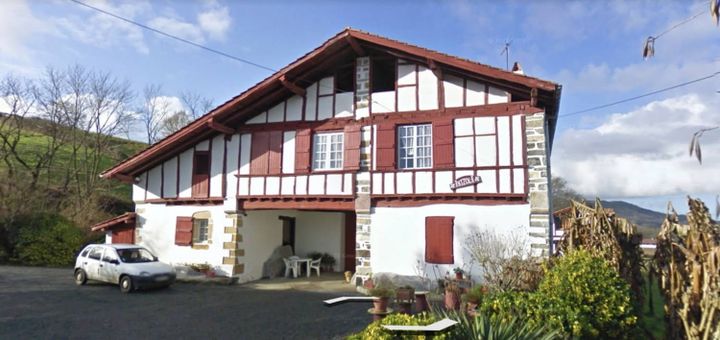Real estate prices in the Pyrénées-Atlantiques are influenced by a variety of factors, including geographical location, proximity to natural attractions, and accessibility. Areas near the Atlantic coast, such as Biarritz and Anglet, typically command higher prices due to the desirability of seaside living and the tourism that drives demand. The proximity to the Pyrenees mountains also affects pricing; regions like Pau and Oloron-Sainte-Marie attract those seeking mountain activities, making properties in these areas appealing for both primary residences and second homes. Moreover, local infrastructure, including transport links and amenities, plays a crucial role; well-connected areas with schools, hospitals, and shops tend to have higher property values. The regional economy, influenced by industries such as tourism, agriculture, and even aerospace in cities like Pau, can contribute to fluctuations in real estate prices, as a stronger economy generally increases demand for housing. Additionally, seasonal factors, such as the influx of tourists during summer, can temporarily drive up prices in popular areas.
Pyrenees Atlantiques
Location
Price Range
Any price
Price Range
Minimum
No min
Maximum
No max
Property type
Show all
Property type
Show all
House
Apartment
Building
Other
Bedrooms
Any beds
Bedrooms
Minimum
No min
Maximum
No max
Surface Range
Any surface
Surface Range
Minimum
No min
Maximum
No max
Sale type
For sale
Sale type
Show all
To rent
For sale
Location
Apartments and houses for sale in Pyrenees Atlantiques
207 results
Recent
Pyrenees Atlantiques insights
| Aspect | Summary |
|---|---|
| Population | 250,000 |
| Average Property Price | €245,000 |
| Rental Yield | 4.5% |
| Average Rent | €950/month |
| Occupancy Rate | 85% |
| Capital Growth Rate | 3% per year |
| Property Tax | €1,200/year |
| Transaction Costs | 7% of property price |
| Expected ROI | 8.5% |
| Economic Growth Impact | Moderate growth in tourism and local businesses |
Pyrenees Atlantiques FAQ
What factors influence real estate prices in the Pyrenees Atlantiques?
How has the property market in Pyrenees Atlantiques changed over the last few years?
Over the past few years, the property market in the Pyrénées-Atlantiques has experienced notable shifts, driven by both demand and changing regional dynamics. In 2020, the onset of the COVID-19 pandemic spurred interest in rural areas, leading to increased inquiries and purchases, especially among buyers from major urban centers like Paris seeking second homes. Prices in coastal towns such as Biarritz and Anglet surged, with average property prices rising by around 10-15% annually, showcasing their appeal as lifestyle destinations. Meanwhile, inland areas like Pau and Bayonne have also seen a steady uptick, although at a slower pace, with prices stabilizing around €2,500 to €3,000 per square meter. Additionally, the market has been characterized by low inventory levels, leading to competitive bidding and an increase in off-market transactions. Overall, the region's charm, alongside attractive climate and cultural offerings, has solidified its position as a desirable real estate market.
What is the average price per square meter for homes in Pyrenees Atlantiques?
The average price per square meter for homes in Pyrénées-Atlantiques varies significantly depending on the location, condition, and type of property. As of late 2023, prices in urban areas like Pau can range from approximately €2,000 to €3,000 per square meter, while smaller towns or rural areas might see lower prices, often between €1,500 and €2,500 per square meter. Coastal properties, particularly in regions like Biarritz or Anglet, tend to command higher prices, with some listings exceeding €5,000 per square meter, reflecting their desirable locations near the Atlantic coast. Conversely, properties further inland, such as in towns like Oloron-Sainte-Marie, may be priced closer to €1,200 per square meter, making them attractive for buyers looking for more affordable options.
Are there significant price differences between urban and rural areas in Pyrenees Atlantiques?
In the Pyrenees Atlantiques department, significant price differences exist between urban and rural areas, particularly in housing and everyday expenses. For instance, cities like Pau and Bayonne exhibit higher property prices, with average home costs reaching around €2,500 per square meter, influenced by demand and urban amenities. In contrast, rural towns such as Oloron-Sainte-Marie or Navarrenx may offer properties for as low as €1,200 per square meter, attracting those seeking more affordable living options. Rent prices also reflect this disparity; a one-bedroom apartment in Pau can range from €600 to €800 per month, while similar accommodations in nearby rural areas may only be €400 to €500. Grocery prices tend to show a slight variance as well, with urban areas occasionally having higher prices due to proximity to larger supermarkets, while rural communities often rely on local markets, where prices can be lower but selection is limited. Overall, these differences are shaped by factors such as infrastructure, accessibility, and local economic conditions.
What are the trends in holiday home prices in the Pyrenees Atlantiques?
Holiday home prices in the Pyrénées-Atlantiques have been experiencing a notable upward trend in recent years, largely driven by increased demand for properties in picturesque locations. The region's blend of stunning landscapes, proximity to both the Atlantic Ocean and the Pyrenees mountains, and its cultural allure has attracted a diverse group of buyers, including both national and international investors. For instance, towns like Biarritz and Saint-Jean-de-Luz have seen significant price increases, with average property prices reaching upwards of €5,000 per square meter for coastal homes. Meanwhile, more rural areas, such as the Pays Basque and around the Béarn region, have also witnessed growing interest, pushing prices to around €2,500–€3,500 per square meter. Additionally, the rise in remote working has prompted many to seek second homes in this beautiful region, accelerating price growth and sometimes leading to bidding wars for desirable properties.
How does the economic situation affect real estate prices in Pyrenees Atlantiques?
The economic situation in Pyrénées-Atlantiques has a direct impact on real estate prices, influenced by factors such as employment rates, tourism, and the overall economic vitality of the region. For instance, the area's reliance on tourism, particularly in towns like Biarritz and Pau, can drive property values up during peak seasons, as demand for vacation homes increases. Conversely, during economic downturns, when disposable incomes are lower and tourist numbers decline, real estate prices may stagnate or decrease. Additionally, the region's robust agricultural sector, particularly in the Basque Country, can contribute to economic stability; however, fluctuations in agricultural prices can also affect local spending and investment in real estate. Moreover, infrastructure developments like improved transport links can enhance accessibility to urban centers, subsequently boosting property prices in surrounding areas, while economic uncertainties may deter potential investors.
What role do local amenities play in real estate pricing in the Pyrenees Atlantiques?
Local amenities significantly influence real estate pricing in the Pyrénées-Atlantiques, shaped by the region's unique blend of natural beauty and cultural offerings. Proximity to essential services such as schools, healthcare facilities, and transportation hubs impacts property values; for instance, homes in Pau, with its robust educational institutions and accessibility via the A64 motorway, generally command higher prices compared to more remote villages. Recreational amenities, like the Pyrénées Mountains for skiing and the Atlantic coastline for surfing, further enhance property desirability, leading to increased prices in areas like Biarritz or Hendaye, popular among tourists and locals alike. Additionally, the presence of gourmet restaurants, local markets, and cultural sites, such as the Château de Pau, adds a premium to real estate, attracting buyers looking for a vibrant lifestyle. Areas with well-maintained parks and communal spaces, particularly in urban centers, tend to see a rise in property demand, translating to higher market values.


